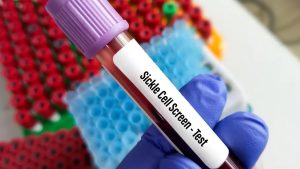Researchers from Harvard have created what they call a ‘potentially disruptive innovation in medicine’-an origami-inspired robot surgeon.
A brainchild of Robert Wood, the associate faculty member of Harvard and Robotics Engineer Hiroyuki Suzuki of Sony Corporation, this robot is the size of a tennis ball, weighs about as much as a penny, and successfully performed a difficult mock surgical task.
Also Read |Scientists detect mystery radio signal from space that repeats once in 157 days
Robotic surgeons have been assisting medical procedures for the last five years. However, they were extremely large, often taking up an entire room, and their tools much larger than the delicate tissues on which they operate.
“The Wood lab’s unique technical capabilities for making micro-robots have led to a number of impressive inventions over the last few years, and I was convinced that it also had the potential to make a breakthrough in the field of medical manipulators as well,” said Suzuki, who began working with Wood on the mini-robot in 2018 as part of a Harvard-Sony collaboration.
“This project has been a great success,” he added.
The robot has already performed a complicated surgical procedure called retinal vein cannulation. The process involves inserting a needle through the eye to inject medicine into the tiny veins at the back of the eyeball. The mini-robot surgeon passed the mock surgery without causing local damage or disruption.
Also Read | Meet Fluffy, the robot dog being used by Ford to scan their facilities
“In addition to its efficacy in performing delicate surgical manoeuvres, the robot’s small size provides another important benefit: it is easy to set up and install and, in the case of a complication or electrical outage, the robot can be easily removed from a patient’s body by hand,” the researchers said in a statement.
They are now trying to improve the positioning precision and sensing resolution of the Robot surgeon.






